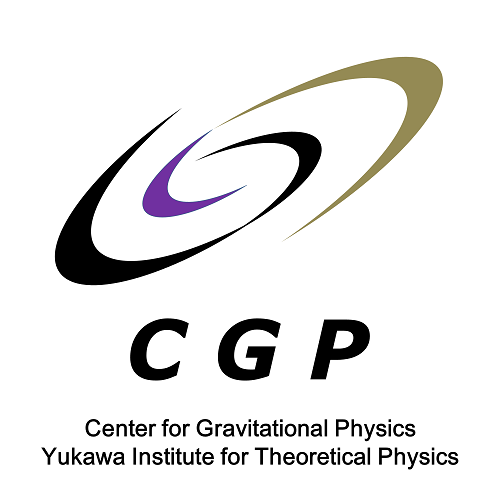Welcome to the YITP long-term workshop "Multi-Messenger Astrophysics in the Gravitational Wave Era", September 24 - October 25 2019, at Yukawa Institute for Theoretical Physics, Kyoto, Japan
We have entered a new era of astrophysics. From "multi-wavelength observation" in the 20th century, the focus is shifting to "multi-messenger observation", in which gravitational waves play a key role. Since the first detection of the gravitational waves by LIGO in 2015, the number of events is exploding. More than five events of black hole mergers have been observed so far. On August 17, 2017, LIGO and Virgo found a neutron star merger for the first time. Associated with this merger event GW170817, a gamma ray burst was detected by Fermi/GBM, and various electromagnetic counterparts were also observed in broad wavelengths from radio to X-ray. The multi-messenger astrophysics -- whose prologue has actually started with the observation of SN 1987A -- is now entering the most exiting chapters.
These gravitational waves told us a lot of things. We have learned that 30 solar mass black hole binary are common in our universe, and the two massive objects are in fact merging. The equation of state of neutron stars are now under severe constraints put by data of the gravitationl waves. A connection between a neutron star merger and short-gamma ray burst has been observed directly. Macronovae (kilonovae) have clarified that binary neutron star mergers are one of the sites of r-process for heavy elements. While excluding several theoretical models, these rapid progresses provide new enigmas such as the origin of the black hole binaries, jet mechanism in neutron star mergers, diversity of macronovae, etc. The frontier is now shifting to these issues.
Great progress has been made in other messengers too. Concerning high-energy neutrinos, the number of events has steadily increased since the first observation of the PeV neutrinos by IceCube in 2011-2012. However, the whole picture of the source objects is yet to be established. As for high-energy gamma rays, CTA is going to observe its "first light" in 2018. Moreover, mysterious transients such as fast radio bursts and superluminous supernovae have been found one after another in radio, infrared and optical wavelengths, driving significant development in the time-domain astronomy. These advancements are connected to the studies of cosmology, general relativity, particle and nuclear physics.
Under these circumstances, we believe that it is timely to have comprehensive and intensive discussions on the rapidly expanding frontiers of astrophysics by inviting leading experts in the world. Topics covered by the workshop are as follows.
- Compact star mergers and Gravitational waves
- Gamma-ray bursts
- R-process nucleosynthesis
- Equation of state of compact stars
- Binary formation and evolution
- High-energy gamma-rays and neutrinos
- Supernovae
- Fast radio bursts
- Chemical evolution
- Population III stars
- Related topics





